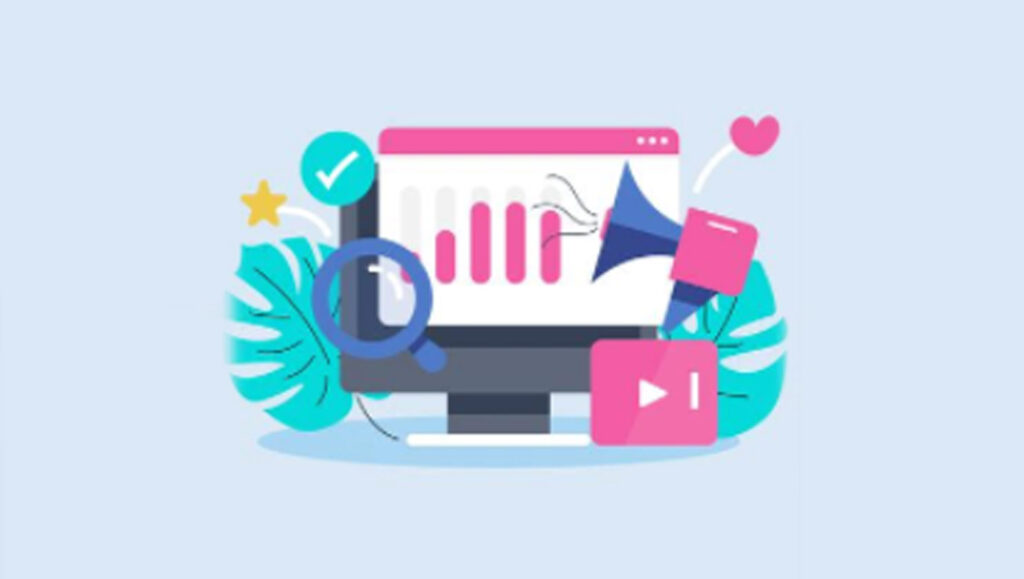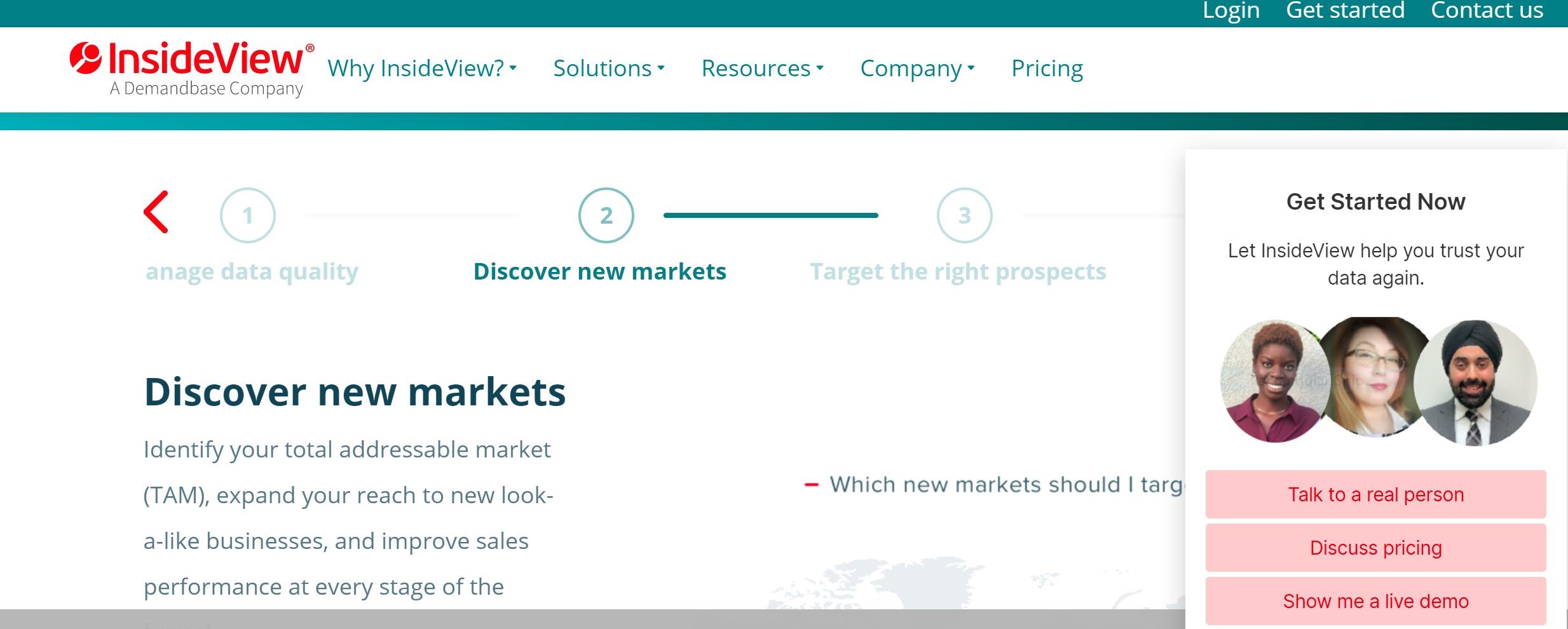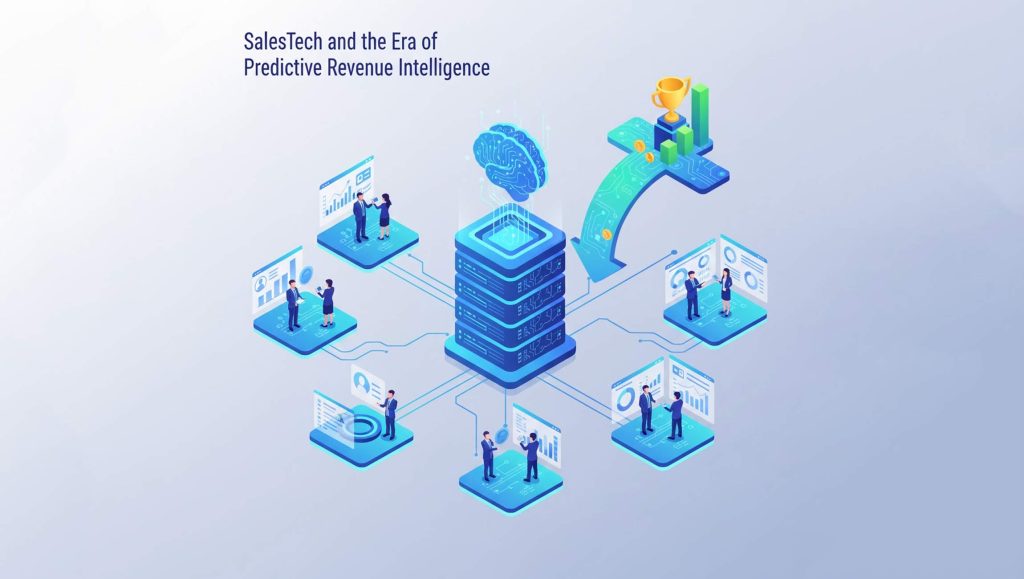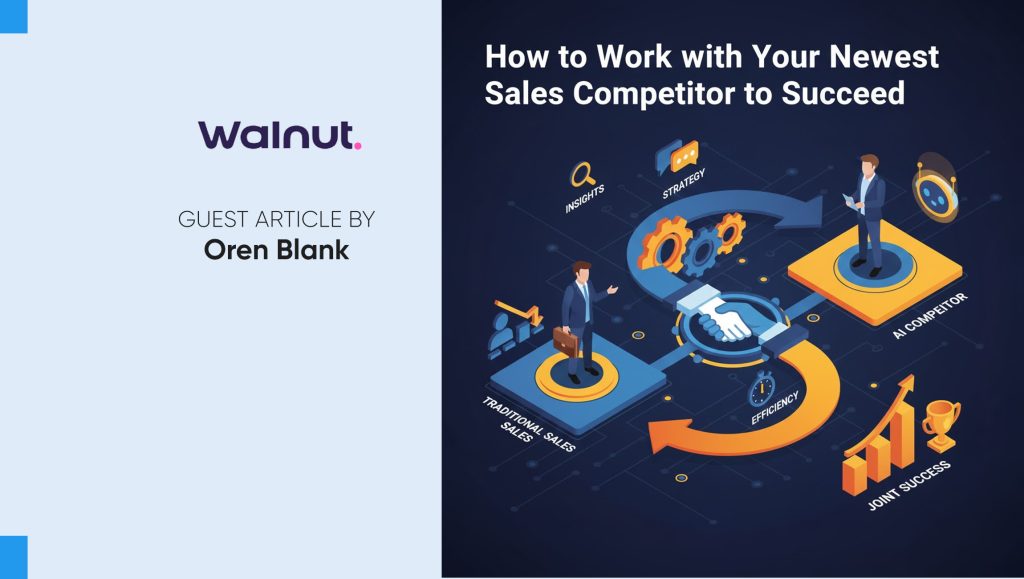Every business needs a website. A brand’s website is their identity online and is supposed to be a repository of information that contains recent product and service updates, other company announcements, even value-add resource material for industry users.
Even though every business today knows how important it is to optimize their website to help drive key business goals, marketing plans as well as sales outcomes; marketing and sales leaders have to work more collaboratively to understand how people use websites to make buying decisions in their market. This helps set the format for a strong website plan and strategy that is long lasting and one that adds to revenue goals.
There is actually a lot to consider and think about when planning your B2B website’s architecture, content structure, functionality, basically everything else. But if you’re specifically looking at optimizing your B2B website to help engage more prospects with impactful sales conversations a lot quicker in their buying journey, then these few tips might help:
Read More: 4 Reasons Sales Leaders Should Use AI To Drive Customer Engagement
Deploying Conversational AI
It is relatively easy to deploy chatbots today using simple rule-based principles. According to a recent Drift study today’s users have a growing willingness to engage with chatbots in a variety of ways, with usage for purchases, meeting scheduling and mail list sign-ups more than doubling from 2019 to 2020.
With a growth in the use of chatbots by marketing and sales teams, there has also been a shift in how consumers use chatbots; several rely on bots to solve complaints while many others use it to seek instant answers to urgent queries.
Improving the end to end chatbot experience using well planned sales workflows can actually work to the benefit of both, marketing and sales people.
For sales leaders who want to drive sales conversations using their brand’s B2B website, ensuring that the chat bot has a prompt configured that can:a) Share details of a relevant customer-service or sales person based on the user’s question or b) Directly schedule a call with a sales rep based on the user’s interaction and their current buying status/question are some ways to move more prospects into the sales process.
Many leading B2B tech websites sport some truly innovative conversational AI or chatbot experiences that enable better marketing and sales conversations with prospects.
InsideView’s chatbot is an interesting reference point, it stands out for its DEI nature and is direct and straight to the point, allowing prospects to choose what conversation they want to have next.
Multiple Conversion Points and Different Kinds of Sales CTAs
A B2B website has to be informative, it has to serve as a value-add and it has to be engaging enough for prospects to return and move through the buying journey. B2B sales cycles are known to be longer, for sales leaders who understand their users’ buying behaviour, using relevant triggers as CTAs across multiple places on the website can help initiate more sales conversations, through the website itself, thereby helping to shorten this cycle significantly.
Most B2B websites have a ‘’contact us’’ page that may specify a general sales / marketing email or phone. But this is where sales leaders and marketers can optimize the numbers of conversion points across their B2B website. CTAs like ‘’request pricing’’ placed below each product/service for instance can lead directly to a sales rep’s page or it can be set up to send an alert to the sales team when prospects show interest here, allowing them to pick up the conversation.
Other common CTAs that can be built out to get prospects to book calls or live product demos or meetings with sales reps can be placed around other content triggers, below relevant blog articles, even eBooks and landing pages so that they are seen by more buyers through different times in their buying stage.
Understanding How to Build and Post Website Content that Sells your Product/Service
Typically, the management and updating of a B2B website falls under the purview of a marketing team in most cases. Marketers who plan their website strategies with data-backed content plans have different goals in mind, this is where sales and marketing leaders can identify loopholes in their own processes and actually work together to ensure that there is a balance between the marketing content and content that is built to specifically to move the needle in the sales journey.
Potential buyers usually have typical traits and marketers and sales leaders who track and assess their customer journey can use this data to plan content efforts that are focused on sales goals.
Today’s B2B buyers are known to have diverse content consumption habits, from reading infographics to watching webinars, product videos, or reading reviews. Knowing your target audience and having an analysis of what kind of content interests them can help both marketing and sales teams to not only create the best suited form of content but to also achieve a proper balance between their marketing content and sales content on the website.
Needless to say, a B2B website needs to have both and this is where sales and marketing leaders have to constantly work together to update content plans and assess real-time content consumption patterns.
Read More: The Impact Of AI-Based Guided Selling And How It Is A Game-Changer
Your B2B Website has to keep Evolving to Stay Sales-Ready
2020 and 2021 have been years of hybrid work and what the world termed as the new normal, requiring sales and marketing leaders to optimize and measure everything they do online to create more business impact. Winning teams are those that can optimize all their online channels, including their brand website to take advantage of a world where users command a digital-first presence. Regular testimonials, case studies are just some of the ways to use your website content to move prospects closer to a sale.
There’s a lot more that sales teams can do to optimize how quickly and effectively their website itself acts as a sales magnet for prospects across all stages of their buying journey.























